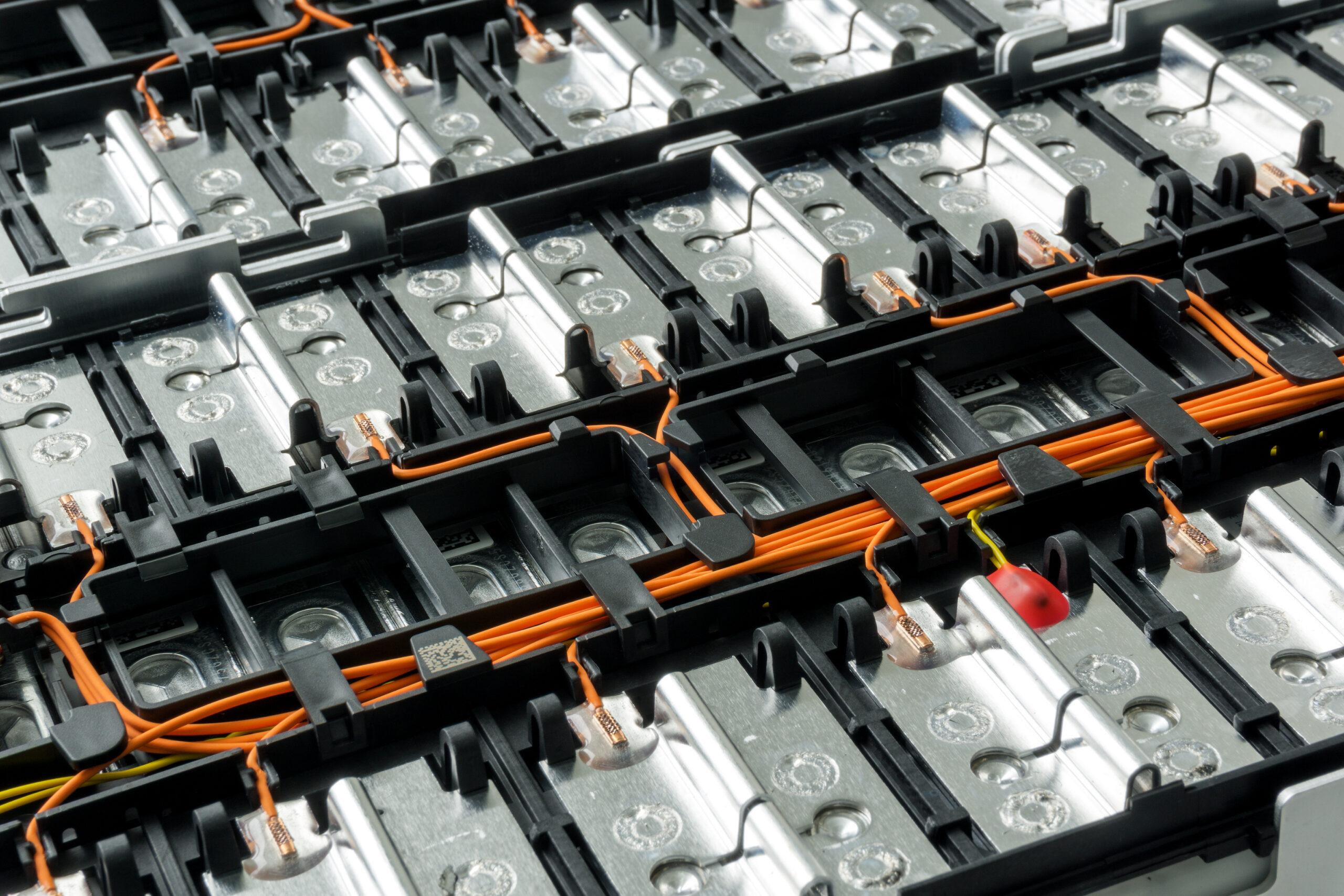What is battery teardown?
Teardown is a form of destructive physical analysis in which a battery is carefully disassembled to allow inspection of internal components. This can be applied throughout the product lifecycle (typically as-received, for quality control and post-mortem, for root-cause analysis). Teardown enables detailed physical and chemical analysis at the cell and component level.
Access the Heart of the Battery
To optimize your batteries, you’ve got to understand the effects of variations in your raw materials, processing conditions, cell formation, cycling, aging, and environmental conditions. Covalent’s full-service battery teardown can reveal how all these factors inform your battery’s operating lifespan and performance.
1. Teardown
Careful separation of all components for subsequent testing. Samples are handled continuously in an air-free environment to safeguard against any degradation or environmental effects.
2. Characterization
Covalent’s metrology experts will use battery-specific testing methods to provide comprehensive insight into the chemical and material characteristics of your battery components.
Properties
Typical Turnaround Time: 2 Weeks for Full Service
What to Expect
Deliverables
- Complete Component Separation: Individual components (anode, cathode, separator, and electrolyte) will be isolated and carefully prepared for chemical analysis and morphological characterization.
- Optionally, any gas in the cell can also be collected for analysis.
- All Handling Under Protective Atmosphere: to avoid any incidental environmental impacts or component degradation due to oxygen (or other gas) exposure, all samples are handled under a protective, inert atmosphere.
- Expert Visual Inspection: Experts will analyze the cell and components to identify any anomalies (particles, defects, etc.). Any and all findings will be captured in a report with photographic documentation.
- Full Report: Receive full documentation of the teardown process and procedures, all key findings, observations, and conclusions.
What’s in the Report?
Your comprehensive report will provide:
- Executive Summary that will highlight the most important results and insights relevant to your project goals.
- Detailed findings, graphs, and images from each component investigated.
- Expert recommendations and observations guiding your next investigative steps and / or improvements to the system.
- Images of the cell before teardown (via X-ray Imaging or Micro-CT).
- FULL RAW DATA is available for each characterization technique requested.
Sample Requirements
Covalent accepts batteries in any cell format with any chemistry. They may be fresh or cycled, though their state of charge (SOC) must be fully discharged.
Get Complete Insight into Your Batteries
Chemistry
Morphology
Structure
Elemental: SEM-EDS Mapping (top-down, x-section)*
Organics: FTIR, Pyrolysis GC-MS, TGA* for binder analysis
Surface: XPS, x-section with TEM
- Broad-beam Ion Mill Cross-sectioning*
- Top-down and X-section SEM Imaging*
- Optical Microscopy
- Visual Inspection of components*
- Foil dimensions*
- Active material mass loading*
Elemental: SEM-EDS Mapping (top-down, x-section)*, Stoichiometry by ICP-OES*
Impurities: ICP-MS*
Organics: FTIR, Pyrolysis GC-MS, TGA* for binder analysis
.,Lithium Plating: ToF-SIMS
- Broad-beam Ion Mill Cross-sectioning*
- Top-down and X-section SEM Imaging*
- Optical Microscopy
- Visual Inspection of components*
- Foil dimensions*
- Active material mass loading*
Elemental: SEM-EDS Mapping (top-down, x-section)*
Polymer: FTIR*
Coating: FTIR*
- Broad-beam Ion Mill Cross-sectioning*
- Top-down and X-section SEM Imaging*
- Porometry*
- Optical Microscopy
- Visual Inspection of components*
Organics: GCMS*
Salts: Liquid NMR (1H, 13C, 19F, 31P)*
Salts & Contaminants: ICP-MS
Li content: ICP-OES*
Organics: GCMS
Electrochemical Characterization of Components
Half Cell Construction
Covalent experts will select electrodes made from standard components in accordance with materials harvested and the use case of interest for your measurements.
The half-cells are assembled once again in an air-free environment in a coin-cell format.
Instruments Used
Cycling and EIS are performed with Maccor Cyclers and Gamry Potentiostats.
Electrochemical Insights
Energy Density
Cycle Life
Discharge Power
Charge Rate

